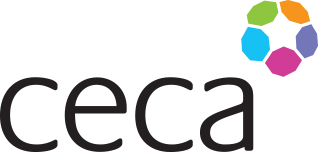
Social Return on Investment (SROI) is a great method to use for measuring values, as it also accounts for values that are usually not shown within a financial statement. This is beneficial for social value, as you can also assess the social, environmental, and economical changes being developed to the community through the activities. When measuring SROI you should always consider the inputs, outputs, outcomes, and impact.
Inputs are things that are done to execute a project or activity. This can include the number of staff working on an activity, or the amount of finance used to put the activity in motion.
Outputs are direct findings connected with the activity. It is essentially the product of the activity (usually tangible).
Outcomes relates to how the activity has benefited the community (or any other intended parties), after implementing inputs and analysing outputs.
Finally, impact relates to what has changed as a whole. It takes note of how the activity has positively and negatively affected society and the companies resources/finances, as well as just the group it was intended for.
Another method of measuring social value is a Cost-Benefit Analysis (CBA). Similar to Social Return on Investment, it applies a monetary value to impacts from an activity.
Just as the name suggests, it’s an analysis of the costs that a certain project or activity may bring for those executing it. This can include a large number of things such as the cost of training for employees, the cost of new materials or the cost of renting a venue where the activity will be taking place.
Additionally, the possible benefits in the future are also considered within the analysis and are seen as monetary values. This aspect of the analysis is more complicated to analyse than the costs as it can be very unpredictable. When a company leads a new activity, it’s easy for them to add up the costs of materials, labour, etc. However, there is no way to determine if the activity will definitely bring benefits and what types they may be.
When performing a Cost Benefit Analysis there are two main equations. To calculate the net benefit, you simply minus the costs from the predicted benefits. To calculate the benefit cost ratio, you divide the benefits by costs.
Another method of measuring social value, is The Social Value Measurement Framework (National TOMs).
This framework was launched in 2017 by Social Value Portal and although the Public Services Act 2012 relates to public authorities, National TOMs (Themes, Measurements & Outcomes) also opens their framework to companies/organisations operating within the private sector.

